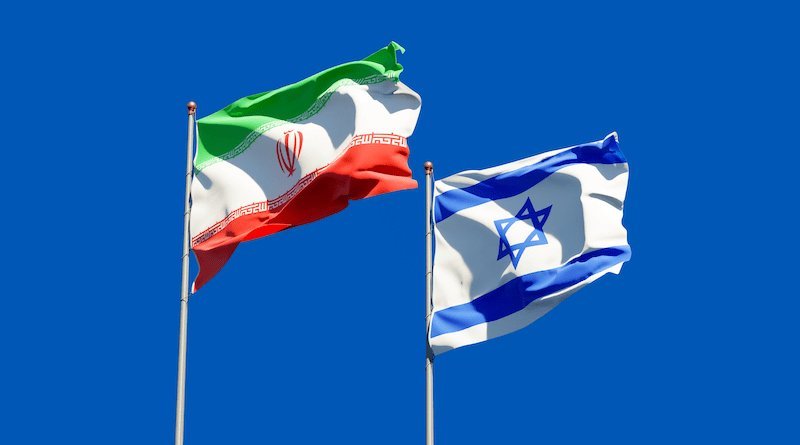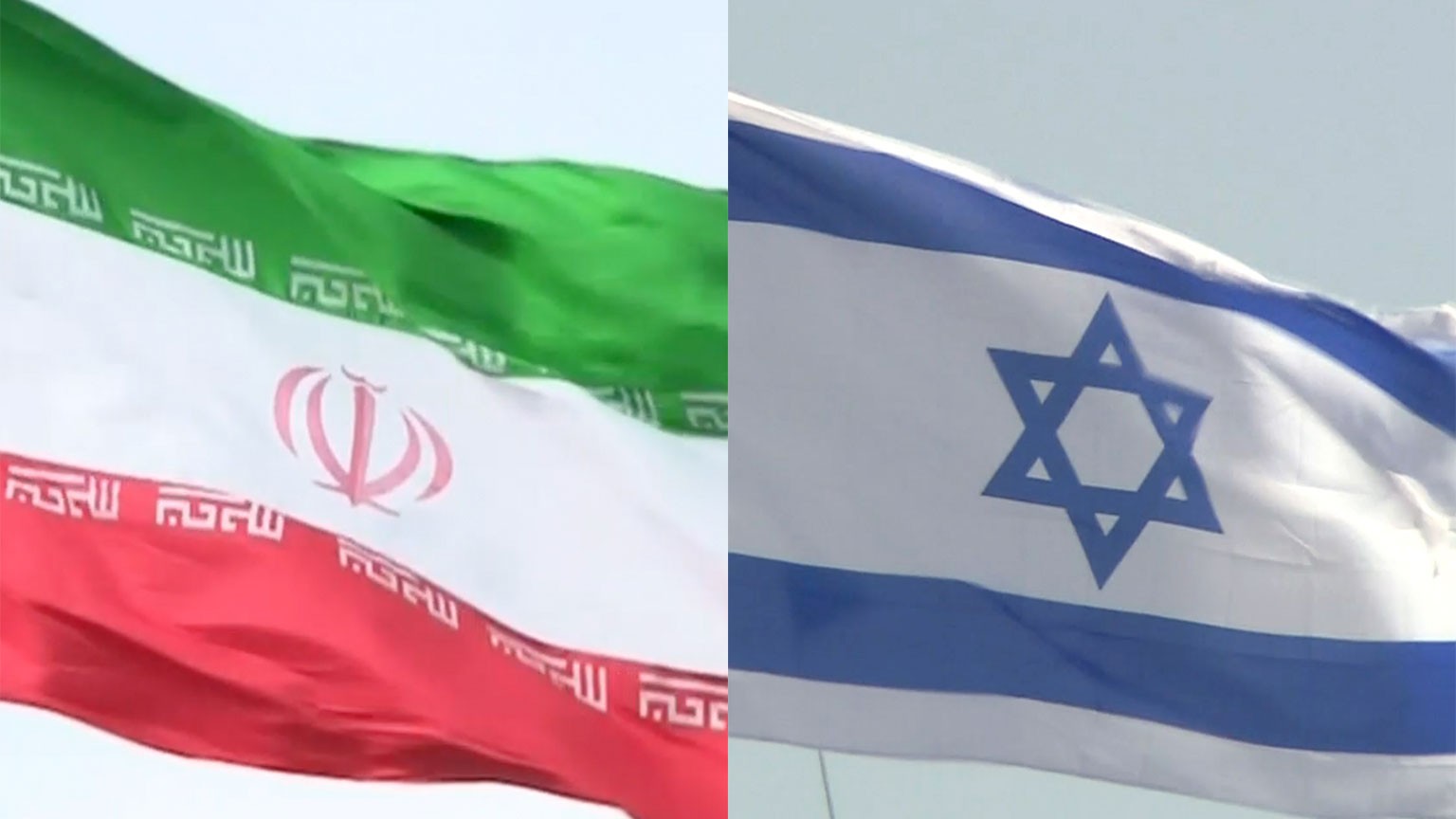Market analyst Shankar Sharma has drawn attention to the critical role of intelligence gathering in the success of Operation Sindoor, emphasizing that the behind-the-scenes efforts must be equally celebrated. In a post on X, Sharma highlighted the importance of appreciating the precision intelligence, attributing the success of the strikes to the Research and Analysis Wing (RAW), India’s external intelligence agency.
Sharma’s sentiments echo broader national appreciation for India’s intelligence forces. During his May 12 address to the nation, Prime Minister Narendra Modi also acknowledged their role. “First of all, on behalf of the people of India, I salute the valiant forces of India—the armed forces, our intelligence agencies, and our scientists,” said Modi, underlining a united front in India’s counter-terrorism strategy.
Operation Sindoor was launched on May 7 by the Indian Armed Forces, in response to the barbaric terrorist attack in Pahalgam, which claimed the lives of 25 Indian nationals and one Nepali citizen. The operation involved precision strikes on nine terrorist camps located in Pakistan and Pakistan-occupied Jammu and Kashmir (PoJK)—areas identified as the launchpads for terrorist activities against India.
In a further act of retaliation following Pakistan’s drone and missile attacks on May 9–10, India escalated the response by launching strikes on 11 Pakistani air bases. These included significant military installations such as Nur Khan, Rafiqi, Murid, Sukkur, Sialkot, Pasrur, Chunian, Sargodha, Skardu, Bholari, and Jacobabad. Reports suggest these operations crippled 20% of Pakistan’s air force infrastructure.
With Operation Sindoor, India has sent a clear message about its zero-tolerance policy towards cross-border terrorism. And as experts like Sharma point out, while the firepower grabs headlines, the stealth, strategy, and intelligence work deserve equal, if not more, applause.












